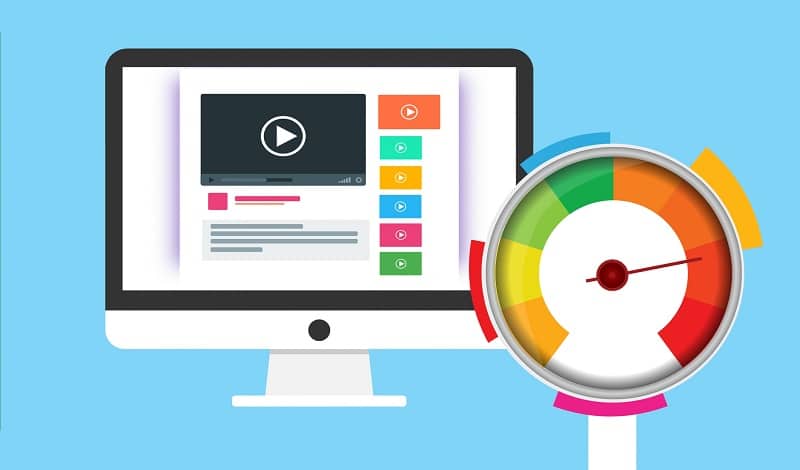5 Ways to Improve the Speed of Your Website

TechsPlace | If your website speed is slow and takes a long time to be viewable and usable when someone visits it, chances are you’re losing potential customers and visitors. If a website takes ages to load, visitors will lose patience and click away. Most people these days don’t want to wait for web pages to load. They’re in a hurry, they need the information yesterday, and every second counts.
Research has proven that if a website takes longer than 3 seconds to load, 40 per cent of people will click away. That’s a lot of potential customers lost forever! Google also takes a dim view of slow website loading times because it negatively impacts user experience. The more people bounce away from a page, the less likely Google is to push your site up the rankings.
Choose Your Host Carefully
Ensuring that your website is fast and user-friendly is perhaps the most important thing when you are searching for web hosting. A lot of people assume the only thing worth thinking about is cost, but this shouldn’t be your primary consideration. While a cheap web host will save you money, it could also cost you money if the service is below par and pages load slowly.
Look for a web host that offers packages and services that are big enough for your needs or one that can dynamically scale your website’s resource demands on the fly. If your website is designed to cater specifically for an audience in a specific city or even country, choosing your web host becomes even more important, because then you can choose one that is located as close as possible to your target market to better improve the speed they receive.
Use a Content Delivery Network
A content delivery network, or CDN, is a service that relies on a strong network of geographically diverse servers to serve the larger parts of your website to users using a combination of caching and geographical proximity to offer the best download speeds to your website visitors. Using a content delivery network has been shown to offer a massive difference in the load speed of your website, particularly for visitors located geographically far away from your web host.
Optimise All Your Images
The biggest bandwidth use on your website is likely the images that are loaded every time anyone visits your website. Making use of a content delivery network can help with this but optimising your images for the web will make an even bigger difference. You can do this by reducing the resolution and image quality of your files or saving them in a more web-friendly file format to reduce their size and thereby make them quicker to load.
There are image optimisation plugins that make this task a lot easier. Installing the plugin means images will automatically be resized without impacting the quality. If your site contains a lot of images, for example, if it is an e-commerce site, using a plugin is the best way to fix your images quickly.
There are also tools you can use if you don’t use WordPress as your CMS.
Limit the Use of External Scripts
External scripts are scripts that are hosted somewhere other than your own webserver and are required for your website to load. External comment systems like Disqus and social media share and comment buttons are prime candidates here. Limit these where possible and rely on locally hosted scripts instead – or better yet, remove them entirely if you can.
Don’t forget, that you must keep your website in good health to improve your user’s performance, and hosting is an important part of website maintenance.
Minimise HTTP Requests
Every single thing that your main website is linked to creates another request that your browser has to make to your web server. By minimising these requests, you’re minimising the work that both the visitor’s browser and your server have to do to serve the website, thus increasing the speed at which it will render and display for them. To do this, combine files wherever possible – like CSS sheets and JavaScript files. Another technique that is popular is the minifying of CSS and JavaScript, which involves removing as many characters and whitespaces as possible and trying to reuse as many parts of your scripts as you can.
Get Rid of Plugins You Don’t Need
Finally, remove any plugins you don’t need, as these will slow down your website. You’ll probably find that some plugins overlap in terms of what they can do.
The quicker and better your website performs, the more conversions you’re likely to see in your website visitors and the more time they’re likely to spend on your website. You should spend a good amount of time ensuring that your site is as fast as it can be.
This article is contributed by guest author on techsplace.com.





